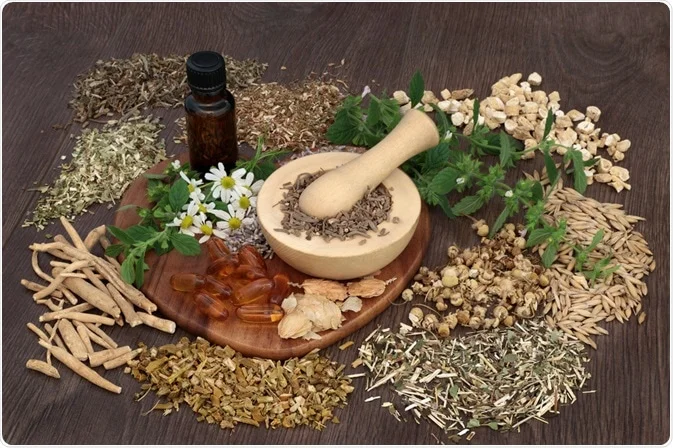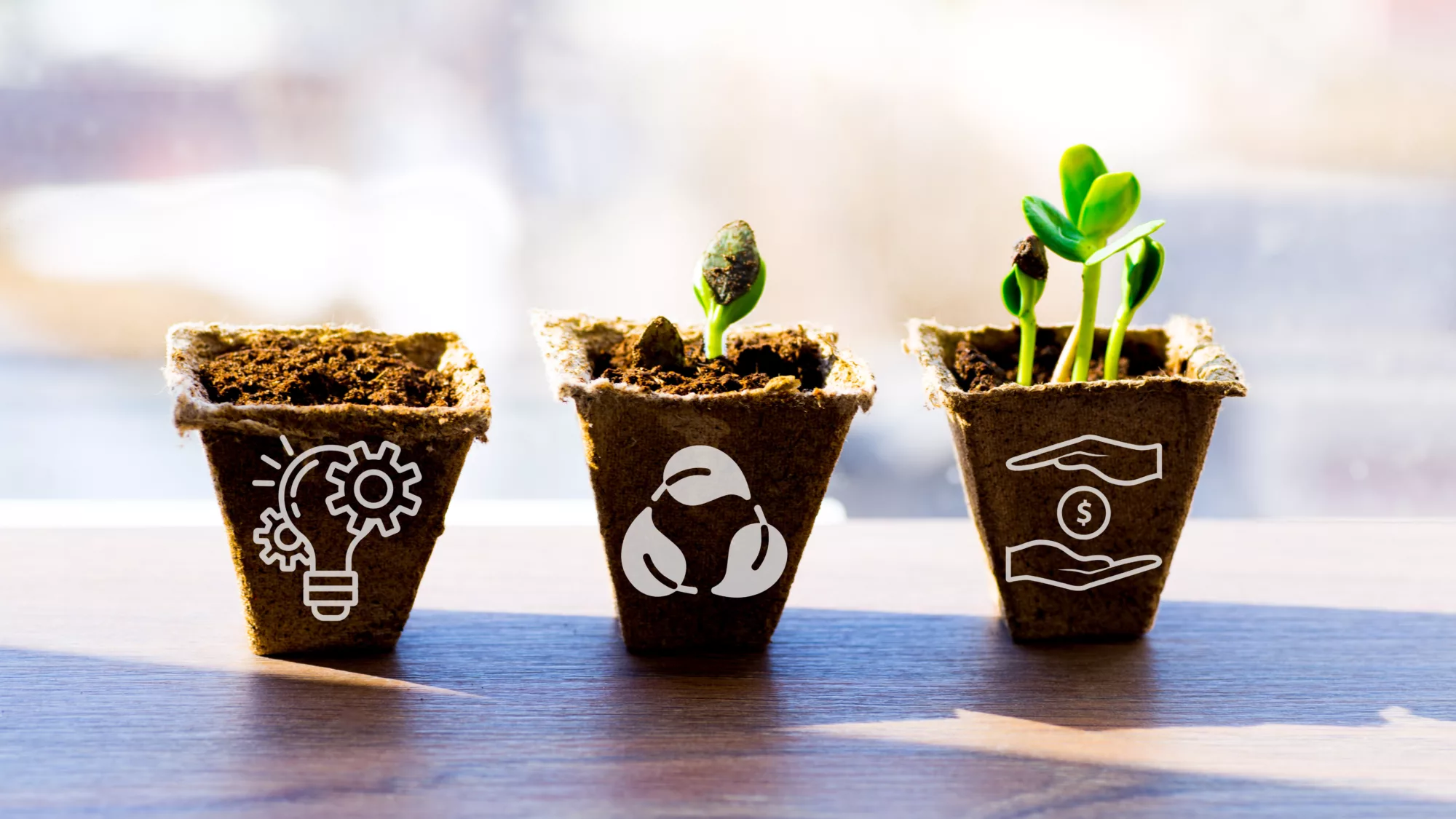For thousands of years, humans have turned to the natural world for healing. Long before synthetic drugs and modern laboratories, healers across cultures relied on the chemical power of plants — herbs, roots, and flowers — to treat illness and promote well-being. From the Ayurvedic practices of India and Traditional Chinese Medicine to the herbal traditions of Europe and Africa, herbal remedies have served as the foundation of healthcare. Today, science is uncovering the molecular secrets behind these ancient cures, revealing how plant-based compounds interact with the human body at a chemical level. The marriage of traditional knowledge and modern chemistry marks a fascinating frontier in medicine, where nature’s pharmacy meets scientific precision.
The Ancient Roots of Herbal Healing
Herbal medicine is one of humanity’s oldest healing systems. Archaeological evidence shows that humans used medicinal plants as early as 60,000 years ago. Ancient Egyptians documented herbal recipes on papyrus scrolls, while Chinese texts like Shennong Ben Cao Jing listed hundreds of medicinal plants with their healing properties. In India, Ayurveda described herbs like turmeric, ashwagandha, and neem as part of holistic treatments designed to balance the body’s energies.
Despite cultural variations, the common belief across civilizations was that plants carried natural “essences” capable of restoring balance and vitality. What traditional healers discovered through observation and experience, modern chemistry now explains through bioactive compounds — the chemical constituents responsible for a plant’s therapeutic effects.
The Science of Plant Chemistry: Phytochemicals Explained
Plants produce a vast range of chemicals known as phytochemicals, which serve multiple purposes: protecting against pests, attracting pollinators, and defending against environmental stress. Many of these compounds also have profound effects on human biology.
Phytochemicals are categorized into several key groups:
- Alkaloids: Nitrogen-containing compounds like morphine, quinine, and caffeine that affect the nervous system.
- Flavonoids: Antioxidants that protect cells from damage and reduce inflammation.
- Terpenoids: Fragrant molecules found in essential oils, contributing to anti-inflammatory and antimicrobial effects.
- Phenolic acids: Compounds like salicylic acid, the precursor to aspirin, known for pain-relieving properties.
- Glycosides: Plant compounds that release active molecules after digestion, such as the cardiac glycosides in foxglove used to treat heart failure.
These chemicals are the molecular foundation of herbal medicine, explaining how traditional remedies achieve their results.
Table: Common Medicinal Herbs and Their Key Chemical Compounds
| Herb | Primary Active Compound | Known Benefits | Traditional Use |
|---|---|---|---|
| Turmeric (Curcuma longa) | Curcumin | Anti-inflammatory, antioxidant | Treating wounds, digestive issues |
| Ginger (Zingiber officinale) | Gingerol | Relieves nausea, reduces pain | Digestive aid, cold remedy |
| Willow Bark (Salix alba) | Salicin | Pain relief, anti-inflammatory | Fever and headache treatment |
| Peppermint (Mentha piperita) | Menthol | Soothes muscles, aids digestion | Cough and stomach relief |
| Ginseng (Panax ginseng) | Ginsenosides | Boosts energy, enhances immunity | Fatigue and mental clarity |
| Garlic (Allium sativum) | Allicin | Antibacterial, supports heart health | Infection and blood pressure control |
| Chamomile (Matricaria chamomilla) | Apigenin | Calms nerves, promotes sleep | Stress relief and relaxation |
How Herbal Compounds Work in the Body
When herbal compounds enter the body, they interact with receptors, enzymes, and cell pathways just like pharmaceutical drugs. For example, salicin from willow bark is converted into salicylic acid, a natural pain reliever that inspired the development of aspirin. Similarly, morphine, a powerful painkiller, was originally isolated from opium poppies — a plant used in medicine for centuries.
The body absorbs, metabolizes, and eliminates plant compounds through biochemical reactions similar to those used for synthetic drugs. However, herbal remedies often contain multiple active components that work together synergistically, enhancing therapeutic effects while minimizing side effects.
Modern Science Validating Ancient Wisdom
Recent research confirms the efficacy of many traditional herbs. Studies show that turmeric’s curcumin reduces inflammation by blocking specific molecular pathways, while ginger’s gingerol helps suppress inflammatory cytokines. Green tea catechins are known for their antioxidant properties, protecting against cardiovascular disease and cancer.
In Traditional Chinese Medicine (TCM), combinations of herbs are used to create complex formulas. Modern pharmacological analysis has revealed that such combinations often produce synergistic effects, where one herb enhances the bioavailability or potency of another. This explains why ancient healers intuitively used mixtures instead of single herbs — a principle now recognized in pharmacognosy, the study of medicinal plants.
Extraction and Standardization: The Modern Approach
Modern herbal medicine employs scientific techniques to extract and measure plant compounds with precision. Methods like supercritical CO₂ extraction and chromatography help isolate bioactive components while preserving their natural integrity.
Standardization ensures that each herbal preparation contains a consistent concentration of active ingredients, enhancing safety and efficacy. This scientific rigor distinguishes modern herbal supplements from the unregulated concoctions of the past. For instance, standardized extracts of ginkgo biloba are now used worldwide to improve cognitive function, supported by clinical studies.
The Chemical Synergy of Whole Plants
Unlike synthetic drugs that often target one specific receptor or symptom, herbal medicines typically contain dozens of interacting compounds. This chemical complexity allows them to address multiple physiological pathways simultaneously.
For example, garlic lowers cholesterol, reduces blood pressure, and fights infection due to its diverse sulfur-containing compounds. Echinacea boosts immunity not through a single molecule but through a combination of alkylamides, polysaccharides, and caffeic acid derivatives working together. This holistic synergy mirrors the philosophy of traditional healing — treating the root cause, not just the symptom.
Challenges in Merging Tradition with Science
While herbal medicine offers immense promise, integrating it with modern healthcare faces challenges. Variations in soil, climate, and harvesting can affect chemical composition, leading to inconsistent results. Moreover, not all herbs are safe; some can interact with prescription medications or cause toxicity if misused.
To overcome these challenges, researchers are developing advanced analytical tools like mass spectrometry and metabolomics to identify plant compounds more accurately. The goal is to combine traditional wisdom with rigorous science, ensuring both safety and reliability.
The Future of Herbal Medicine: Nature’s Blueprint for Modern Drugs
Many of today’s pharmaceuticals trace their origins to plants. Aspirin, quinine, morphine, and paclitaxel all began as herbal discoveries. As antibiotic resistance and chronic diseases rise, scientists are turning again to nature’s chemical diversity for new drug leads.
Modern biotechnology is even replicating plant biosynthetic pathways in laboratories, allowing sustainable production of medicinal compounds without overharvesting natural resources. This represents the next evolution of herbal medicine — where chemistry and nature unite to create innovative, eco-friendly healthcare solutions.
FAQs
1. Are herbal medicines scientifically proven to work?
Yes, many herbs have been validated through clinical and laboratory research. Compounds like curcumin, allicin, and ginsenosides have demonstrated measurable biochemical effects consistent with traditional claims.
2. Why do herbal medicines sometimes have fewer side effects than synthetic drugs?
Because they contain multiple natural compounds that work synergistically, herbal medicines often produce balanced effects, supporting multiple systems rather than overwhelming a single one.
3. Can herbal and modern medicine be used together?
Yes, but with caution. Some herbs can interact with prescription drugs, so consultation with healthcare professionals is essential. When used responsibly, combining both can enhance treatment outcomes and promote holistic health.



